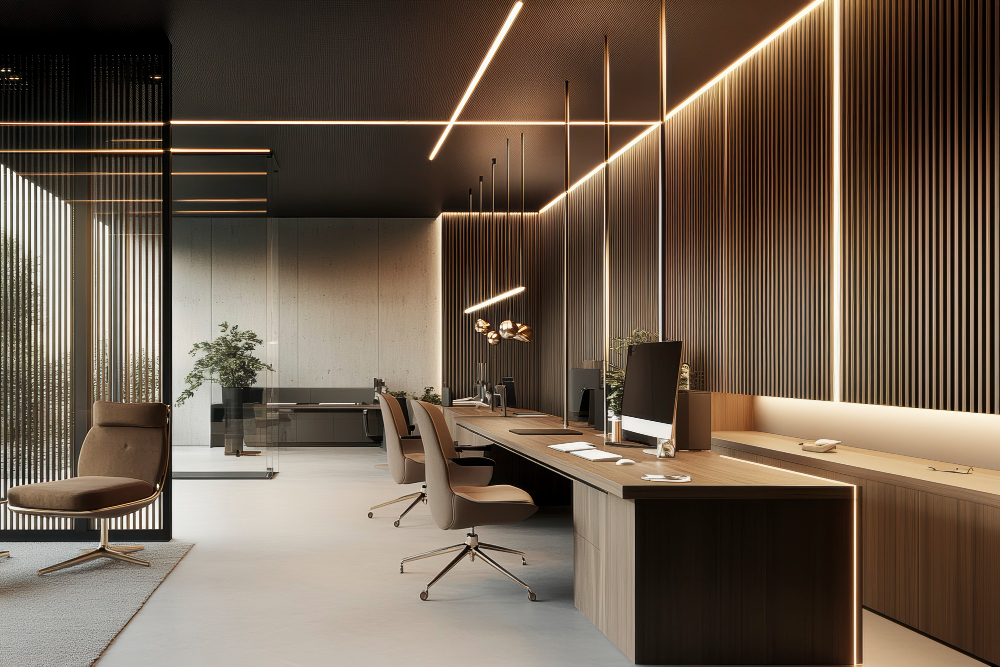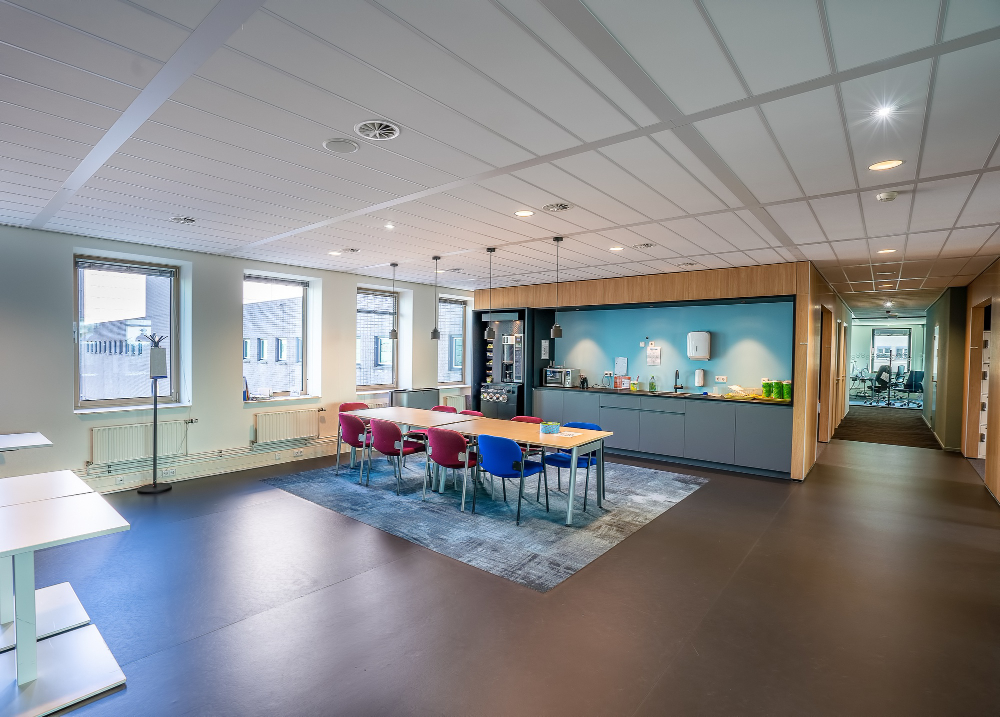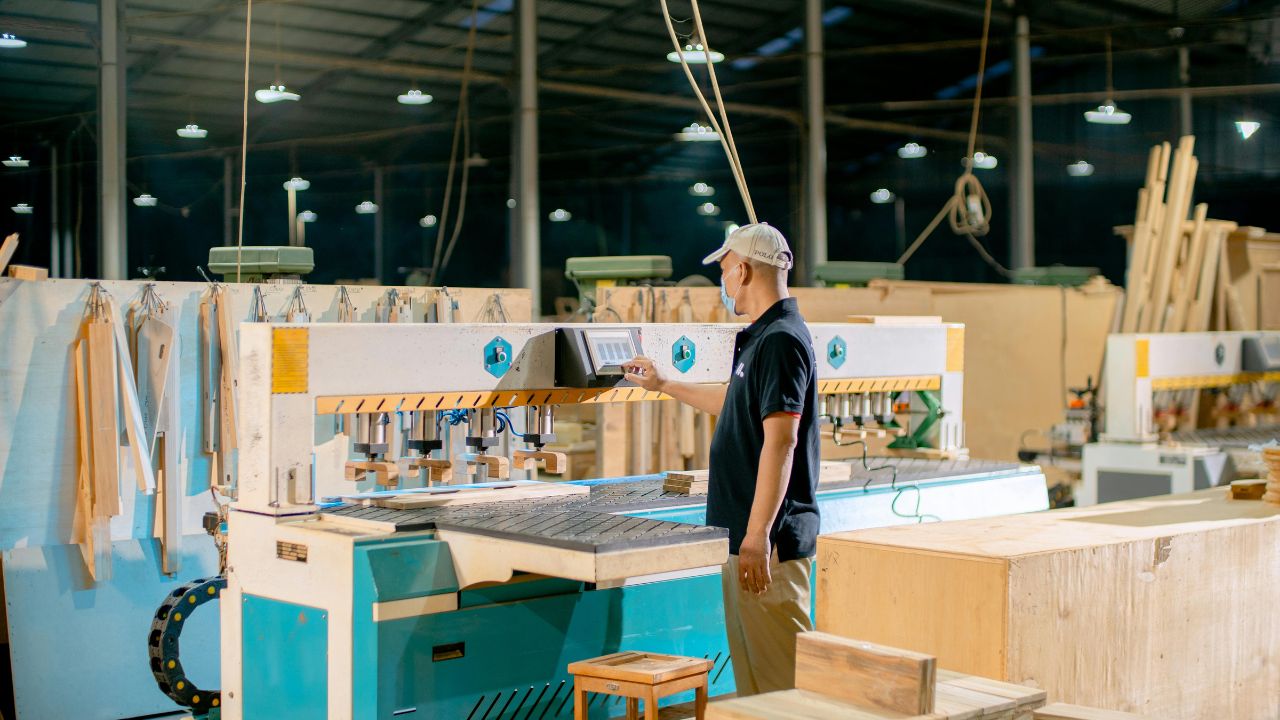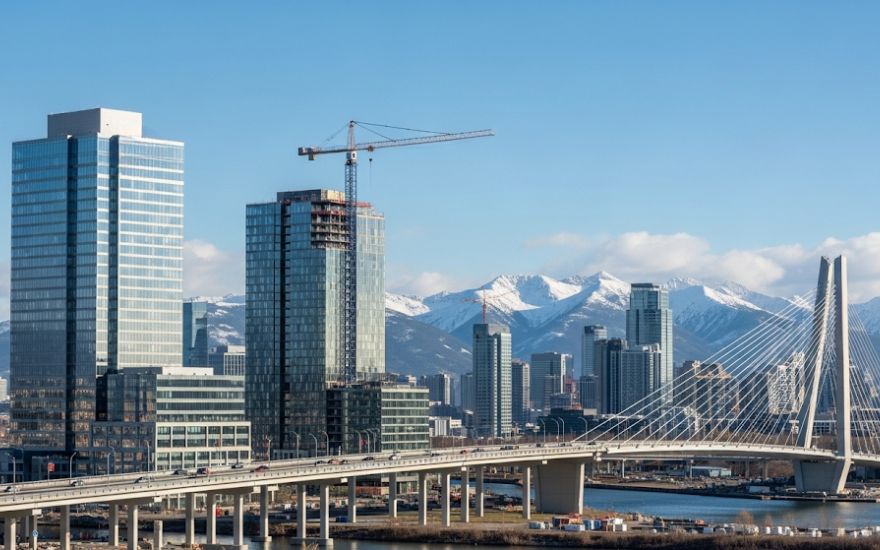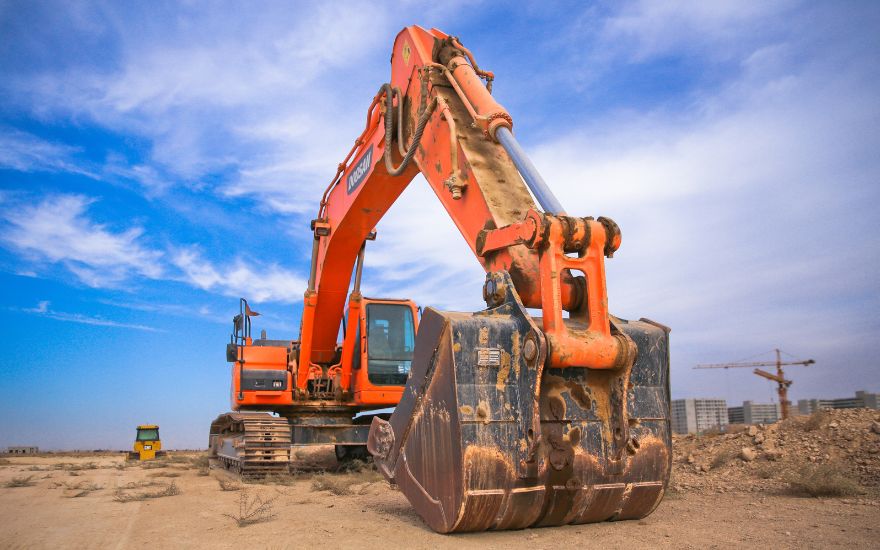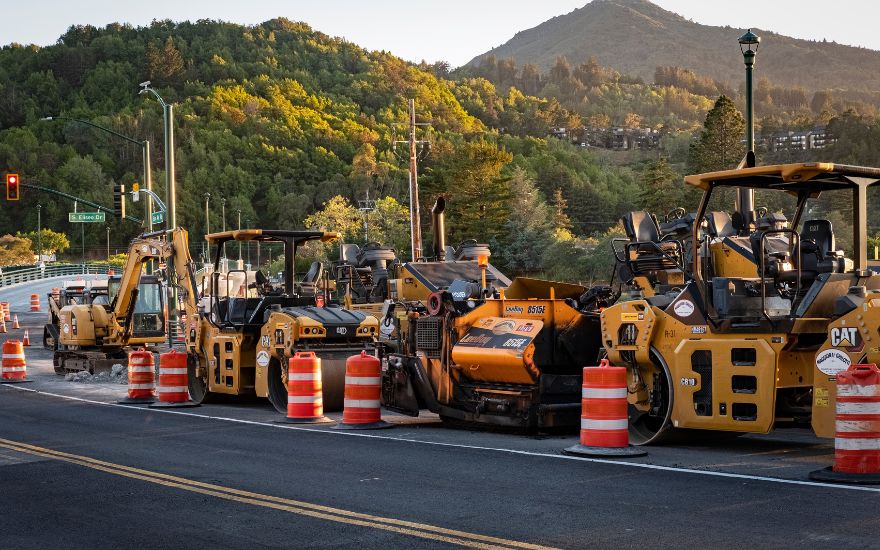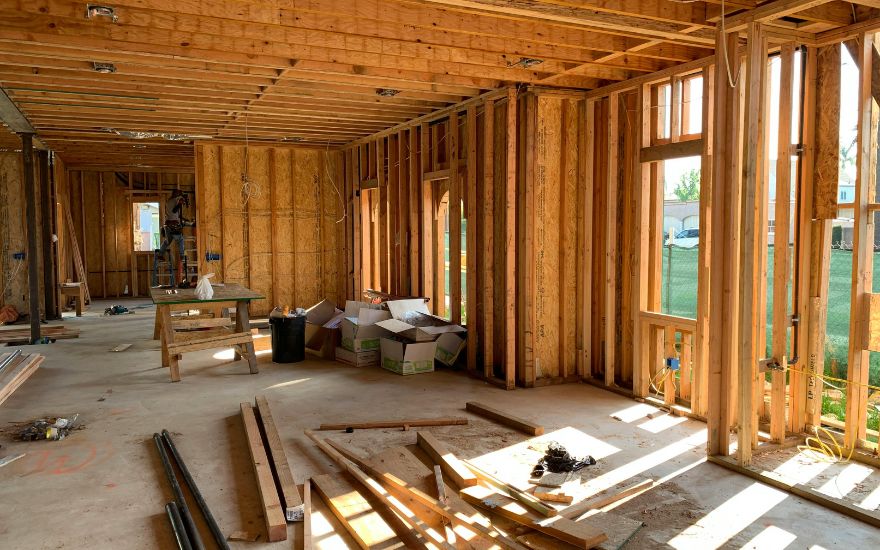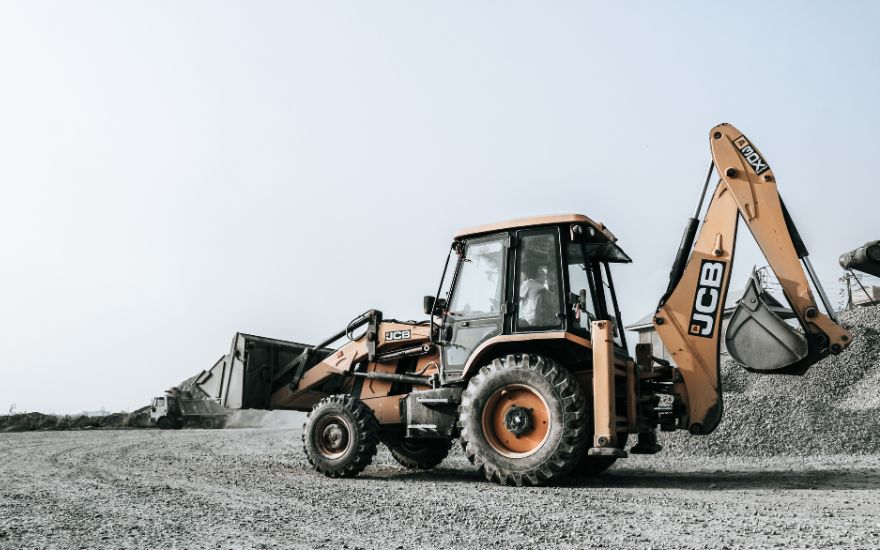Why we do not recommend office designs to be randomly made!
Introduction
Imagine walking into an office where the furniture feels misplaced, the lighting strains your eyes, and navigating from one desk to another feels like a maze. This chaotic environment not only disrupts the workflow but also has a significant impact on employee morale and productivity. An effective office design isn’t just about aesthetics—it’s about creating a space that promotes efficiency, reflects the company’s brand, and fosters collaboration. Randomly made office designs often overlook these vital factors, resulting in a work environment that hampers performance rather than enhancing it. The right office design can transform the entire culture of a company.
In this blog, we’ll explore the critical reasons why office designs should never be made on a whim. From the impact on employee well-being to budget inefficiencies and client perceptions, we delve into the hidden costs of neglecting structured planning. With CozyCasa’s expertise in professional office interior solutions, we offer insights into how strategic design choices can redefine your workspace. If you’re planning to redesign your office or set up a new workspace, this is the information you need to make informed decisions. Book a free design consultation with CozyCasa today and transform your office into a functional and inspiring space.
Understanding the Cost of Random Office Design
Designing an office without a strategic plan might seem like a shortcut to save time or money, but it often leads to long-term losses. Poor design choices can result in a disjointed workspace that lacks harmony and purpose, leading to lower productivity and engagement. Businesses that fail to recognize the importance of intentional office design end up spending more on repairs, replacements, and revisions. A well-thought-out office design can influence everything from employee happiness to customer trust and operational efficiency.
Let’s break down the key areas affected by randomly made office designs. Each of these topics highlights why strategic planning is crucial for successful office environments.
Disruption to Workflow & Efficiency
A randomly designed office can create countless workflow inefficiencies. When employees must navigate awkward layouts, poorly placed equipment, or crowded spaces, it hinders their ability to perform. These disruptions slow down operations, cause frustration, and reduce overall productivity. Clear zoning of departments and logical placement of workstations are essential to ensure that teams can communicate and collaborate effectively. Strategic design ensures optimal use of space while aligning with the organization’s day-to-day needs.
Moreover, random layouts often neglect movement flow and accessibility. Employees waste valuable time navigating confusing setups, leading to decreased focus and job satisfaction. Well-designed spaces should be intuitive and responsive, supporting the natural flow of work and allowing for seamless collaboration across teams. CozyCasa prioritizes functionality when planning designs, ensuring that every element contributes to operational efficiency.
Employee Well-Being & Comfort
One of the most overlooked aspects of office design is employee well-being. Random setups typically ignore ergonomics, lighting quality, and ventilation—all of which contribute to physical and mental health. An uncomfortable workspace leads to increased absenteeism, higher stress levels, and decreased productivity. Incorporating ergonomic furniture, noise control, and access to natural light helps create a healthy work environment.
Additionally, employee comfort isn’t just physical. A thoughtful office design promotes a sense of belonging and pride among staff. Spaces designed for relaxation, focus, and socialization help nurture a supportive culture. CozyCasa emphasizes employee-centric layouts, tailoring office spaces that elevate morale and retention. Your team deserves an environment that supports their best work.
Brand Identity & Client Impressions
Office design serves as a silent ambassador of your brand. When clients walk into your workspace, what they see sets the tone for your business relationship. Random and inconsistent designs convey a lack of professionalism and vision, potentially damaging credibility. On the other hand, strategic design that aligns with your brand colors, values, and goals strengthens brand identity.
Client-facing areas like reception desks, meeting rooms, and presentation zones should be intentionally crafted to leave a lasting impression. Clean lines, cohesive aesthetics, and thoughtful decor contribute to trust and reliability. CozyCasa collaborates with businesses to bring brand personality into physical space—making your office not only functional but also unforgettable.
Budget Overruns & Inefficiencies
Ironically, randomly designed offices often exceed budgets. Unplanned purchases, mismatched furniture, and retroactive corrections all add up. Without a comprehensive design plan, companies are prone to trial-and-error spending, which becomes costly over time. Budgeting with a structured design in place ensures that every dollar is spent wisely.
Strategic office design incorporates value engineering—choosing materials and solutions that balance quality and cost. CozyCasa works within client budgets by recommending cost-effective yet stylish options that align with business needs. From energy-efficient lighting to multi-functional furniture, structured planning helps avoid unnecessary expenses while still achieving a high-end look and feel.
Scalability & Future-Proofing
A major drawback of random office design is its inability to adapt. As your business grows or shifts to hybrid models, a poorly designed office becomes a constraint. Strategic designs account for scalability, ensuring that workspaces remain functional through changes in team size, technology, or layout preferences.
Future-proofing involves using modular furniture, adaptable spaces, and tech integration. For instance, having collaborative zones that can double as private work areas allows for flexibility. CozyCasa prioritizes dynamic design that evolves with your business. Don’t let an inflexible office restrict your potential—plan with growth in mind from the beginning.
Key Principles for Effective Office Design
Great office design doesn’t happen by chance—it results from intentional planning, user research, and design expertise. At its core, effective office design revolves around people. Understanding how teams work, collaborate, and move through space is essential to creating a functional layout. Planning should consider zoning, lighting, noise levels, and storage needs.
Another principle is brand alignment. The physical space should reflect the values and culture of your business. Whether your brand is modern and bold or classic and calming, the design should echo that identity. CozyCasa tailors every element—from materials to lighting—to create a cohesive brand experience. That synergy between space and identity fosters employee pride and client trust.
How CozyCasa Executes High-Quality Office Designs
Consultation & Vision Alignment
Every successful office design starts with understanding the client’s vision. CozyCasa begins with in-depth consultations to explore your goals, brand voice, and operational needs. This ensures the final design is personalized and aligned with your business direction.
The consultation phase includes discussing functionality, aesthetic preferences, budget limitations, and future aspirations. This sets the foundation for a workspace that is not only visually appealing but also strategically sound.
Space Analysis & Planning Tools
Next, CozyCasa conducts a detailed space analysis using advanced planning tools. This allows designers to map out traffic flow, lighting conditions, and optimal workstation placements. The result is a layout that supports productivity and comfort.
Every design is rendered with precision to visualize potential outcomes before any physical changes are made. These insights eliminate guesswork and allow businesses to make data-driven design decisions.
Material & Furniture Selection
With a curated approach, CozyCasa helps select materials, colors, and furniture that meet durability and design standards. Instead of haphazard purchases, the process ensures everything aligns with the overarching theme and functional goals.
From eco-friendly materials to ergonomic furniture, choices are made to serve both aesthetics and longevity. CozyCasa leverages supplier relationships to deliver cost-efficient solutions without compromising on quality.
Implementation & On-Site Refinement
Once planning is complete, CozyCasa’s team executes the design with precision. Skilled project managers coordinate every aspect—from delivery to installation—ensuring timelines are met and disruption is minimized.
On-site adjustments are made as needed, based on real-time feedback and usage observation. This adaptive approach ensures the final setup matches both the vision and practical use.
Post-Occupancy Review
After implementation, CozyCasa conducts a post-occupancy review to gather feedback and identify opportunities for improvement. This step ensures that the office remains responsive to evolving business needs.
This feedback loop adds long-term value, allowing businesses to fine-tune their space based on actual performance and employee experiences. It’s not just about setting up a space—it’s about making it thrive.
Why Choose CozyCasa for Your Office Design
Choosing CozyCasa means investing in a partner that prioritizes your people, productivity, and brand presence. With a proven track record in delivering innovative, customized office spaces, we help businesses unlock their full potential through design. From startups to established enterprises, our clients benefit from thoughtful layouts, high-quality finishes, and end-to-end project support.
We don’t believe in one-size-fits-all solutions. CozyCasa tailors every design to reflect the client’s unique vision and operational goals. Our collaborative process ensures transparency, efficiency, and results that speak for themselves. Let us turn your office into a strategic asset that drives growth and inspires your team every day.
Conclusion
Office design is more than just an aesthetic choice—it’s a strategic business decision. A well-planned office boosts employee satisfaction, enhances productivity, impresses clients, and adapts to future needs. Randomly designed spaces may seem like a shortcut but often lead to inefficiencies, increased costs, and missed opportunities. CozyCasa understands the nuances of effective office design and brings both creativity and structure to every project.
Whether you’re launching a new business or revamping your current workspace, don’t leave your office design to chance. Invest in a thoughtful layout that supports your success. Contact CozyCasa today and discover how intentional design can transform your work environment.
Summary
This blog explored the dangers of randomly made office designs and the advantages of strategic planning. We discussed the impact on workflow, employee well-being, branding, budget, and future scalability. CozyCasa’s approach—spanning consultation, planning, material selection, and post-review—ensures every office is both beautiful and functional. By choosing CozyCasa, you’re not just designing an office; you’re creating an environment that drives success.
